Cracking the Code of the European Tile Market
The European Union represents the pinnacle of sophistication, quality control, and competitive dynamism in the global ceramics and tiles industry. As both a major producer and a massive consumer, the EU market is defined by its demand for cutting-edge design, uncompromising quality, and strict adherence to technical and environmental standards. For any international tile exporter aiming for high-value growth, success in key EU markets—such as Germany, France, the UK, and the Benelux countries—serves as the ultimate benchmark of global competence.
Penetrating this market is not merely about shipping goods; it’s about mastering a complex set of regulations, understanding nuanced European design trends, and establishing a seamless, cost-effective logistics chain. This comprehensive guide, “The Euro-Code,” is your essential roadmap. We will decode the technical standards (EN Standards), unravel the subtle distinctions between different national markets, and outline a strategy for leveraging unique designs and competitive pricing to secure a dominant, profitable, and sustainable presence. Prepare to move beyond being a supplier and become a strategic partner in the prestigious European tile sector.
I. 📈 Market Landscape: Understanding the European Demand
The European demand for tiles and ceramics is driven by both new construction and, critically, by the extensive and continuous renovation and refurbishment market. Understanding the key consumer preferences and competitive forces is essential for positioning your export products effectively.
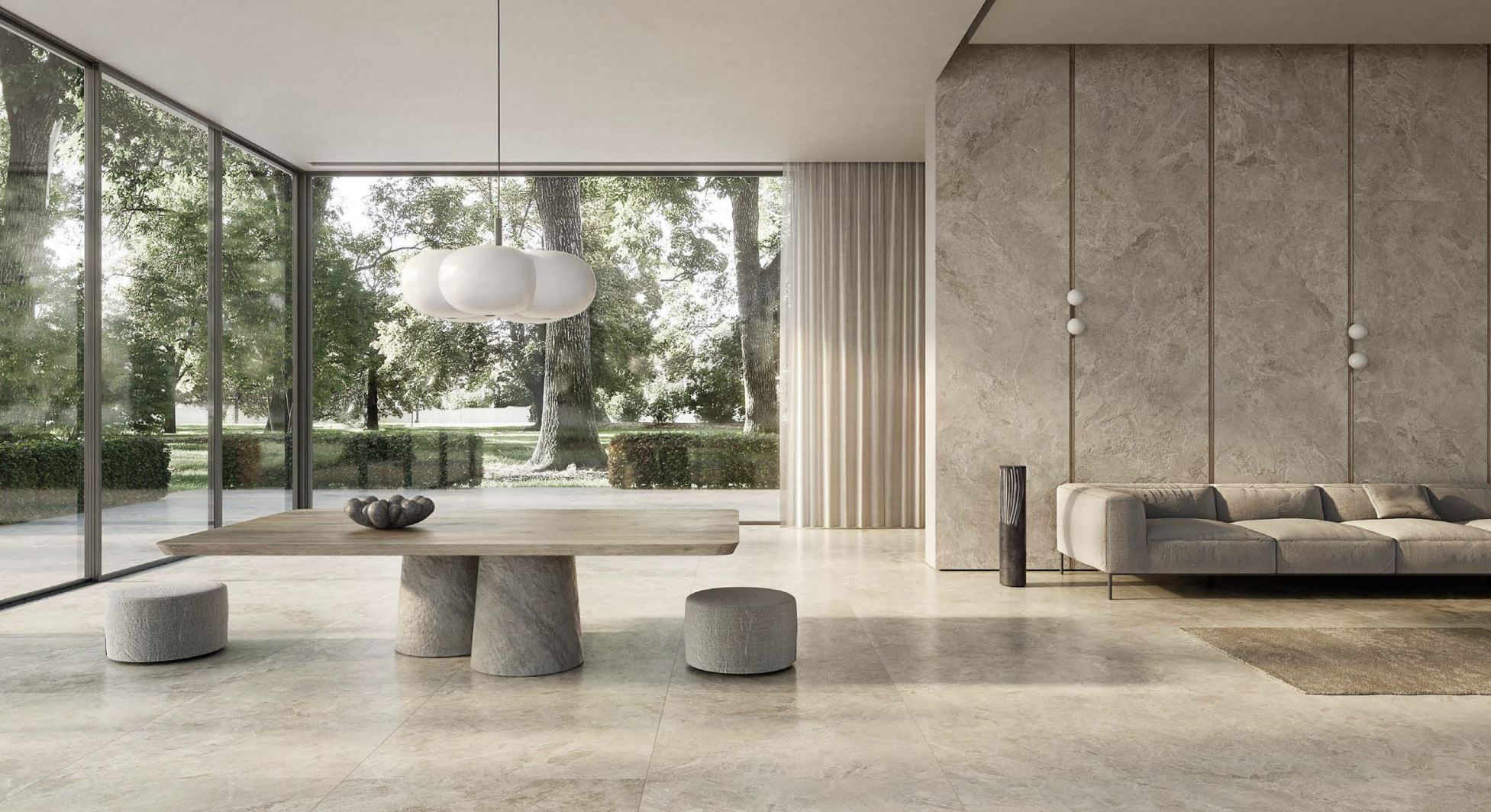
The Dynamics of EU Tile Consumption
The EU’s consumption is vast and segmented. Germany, in particular, stands out due to its stable economy and high demand for technical porcelain tiles for both commercial and residential use. France and the Benelux countries show strong demand for modern aesthetics and larger formats, while Southern European countries often have strong local production but still import specialty products.
Key Market Drivers for Imported Ceramics
-
Renovation Over New Builds: A significant percentage of tile sales in Europe is for replacing older materials in existing homes and commercial spaces, driving demand for specific sizes and colors that integrate well with existing architecture.
-
Sustainability and Health: European consumers and specifiers increasingly demand products that are sustainable, low-VOC (Volatile Organic Compounds), and produced with minimal environmental impact. Certification for eco-friendly ceramic tiles is becoming a major competitive advantage.
-
The Rise of Large Format: The aesthetic preference for minimal grout lines and expansive, seamless surfaces has made large-format porcelain tiles (e.g., $۱۲۰\times 120 \text{ cm}$, $۶۰\times 120 \text{ cm}$, and even slab sizes) a non-negotiable part of the premium European market segment.
The Competition Conundrum: Pricing vs. Quality
The EU market is saturated with high-quality producers, primarily from Italy and Spain. Your export strategy cannot rely on quality alone; it must be a combination of:
-
Unique Design and Value: Offering innovative ceramic designs that differ from mainstream Spanish/Italian offerings (e.g., specialized textures, unique glazes, or niche sizes).
-
Competitive Pricing: Leveraging cost efficiencies in manufacturing and logistics to provide a high-quality tile at a price point that is significantly more attractive than comparable domestic or regional products. Competitive pricing is the hook, but quality must be the retainer.
II. 📜 The Technical Barrier: Mastering EN Standards and CE Marking
The single most critical hurdle for exporting tiles to the EU is meeting the stringent technical standards and securing the mandatory CE Marking. Without this, your shipment will be rejected at the EU border. The Euro-Code is defined by these technical requirements.
The Mandatory CE Marking
The CE Mark is not a quality seal; it is a declaration by the manufacturer that the product conforms with all applicable European health, safety, and environmental protection legislation. For ceramic tiles, the primary regulation is the Construction Products Regulation (CPR – Regulation (EU) No 305/2011).
Key European Norms (EN Standards) for Tiles
Your products must be tested by an accredited European laboratory and conform to the essential harmonized standards:
-
EN 14411: General Requirements: This is the overarching standard for all ceramic tiles, specifying classification by shape and manufacturing process.
-
Water Absorption (ISO 10545-3): Critical for classifying tiles (e.g., Group BIa tiles (Porcelain) must have $\text{E} \le 0.5\%$). This determines suitability for outdoor or high-moisture use.
-
Abrasion Resistance (ISO 10545-7 for Glazed Tiles, ISO 10545-6 for Unglazed): Measured by the PEI rating (for glazed) or volume loss (for unglazed). EU buyers demand high PEI for floors.
-
Slip Resistance (e.g., DIN 51130 R-Ratings): Especially for commercial, public, and outdoor areas in Germany and Northern Europe, a specific R-rating (e.g., R9 to R11) is required.
-
Reaction to Fire (Euroclasses): Ceramic tiles are generally classified as A1 (non-combustible), but this must be documented.
The Declaration of Performance (DoP)
Upon securing the necessary test reports, you, the manufacturer/exporter, must draft a Declaration of Performance (DoP). This legally binding document details the essential characteristics of the ceramic product (e.g., water absorption, breaking strength, slip resistance) and declares conformity with the harmonized EN standards. The DoP must accompany the product, and the CE Mark must be physically affixed to the packaging.
III. 🚢 Logistics and Supply Chain Mastery
Exporting high-volume, fragile ceramic tiles across continents and into the highly efficient European distribution network requires meticulous attention to logistics and packaging. Errors here lead to massive costs, including breakage and delays.
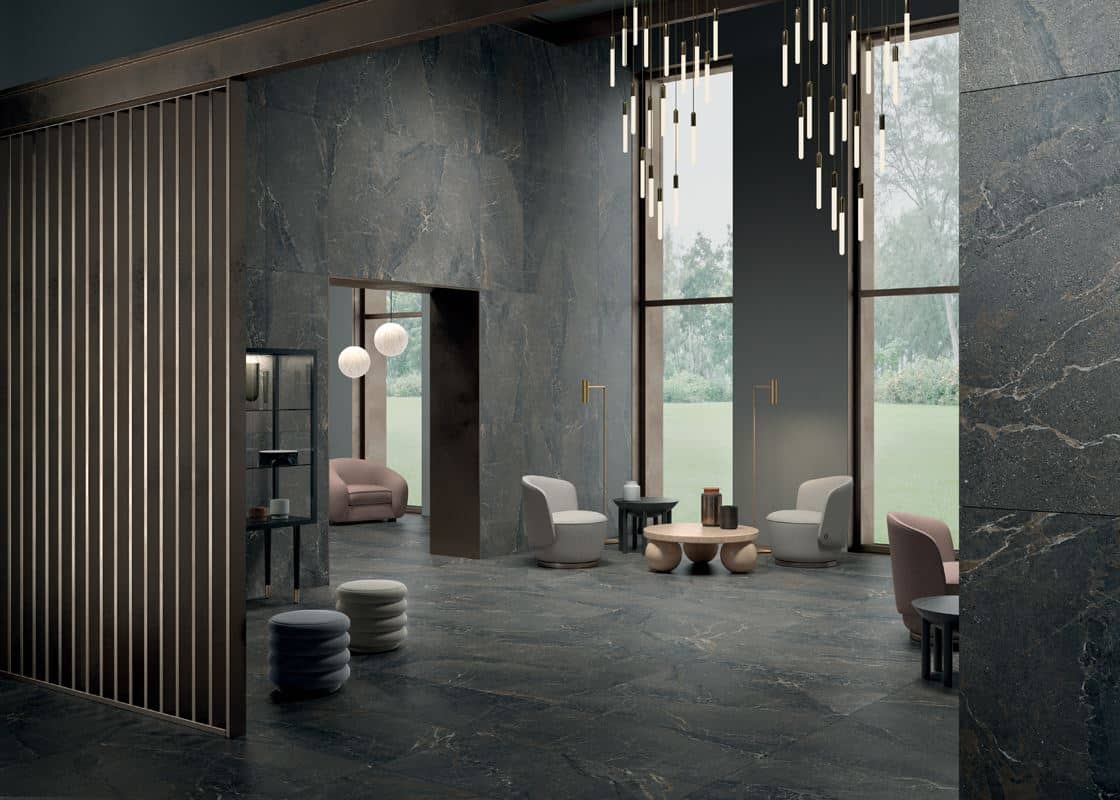
Optimizing Container Loading and Packaging
Breakage is the single biggest operational risk. The sophisticated EU tile market demands virtually zero defects upon arrival.
-
High-Quality Pallets: Use only high-specification, ISPM 15 compliant (heat-treated) wooden pallets. Ceramic tile pallets are extremely heavy.
-
Edge and Corner Protection: Secure the stacks of boxed tiles with robust strapping and plastic or cardboard edge protectors to prevent shifting and chipping.
-
Void Filling (Dunnage): Use dunnage bags, Styrofoam, or wood blocking to eliminate any container void space. This prevents internal movement of the tile pallets during sea transit and road transport across Europe.
-
Moisture Control: Use desiccant bags inside the container to control condensation, known as “container rain,” which can damage cardboard boxes and compromise pallet integrity.
Key Entry Ports and Inland Distribution
The primary entry points for sea freight into Europe are:
-
Rotterdam (Netherlands): The “Gateway to Europe.” Ideal for distributing to the Benelux, Germany, and Northern France via excellent road and inland waterway networks.
-
Hamburg (Germany): Best for direct entry into the high-demand German tile market and Northern Europe.
-
Felixstowe/Southampton (UK): The main entry points for the UK market (post-Brexit customs requirements apply).
A professional logistics partner specializing in ceramic tile import can help manage the final-mile distribution, utilizing the extensive European rail and road networks to efficiently move your containers of porcelain tiles to major distributors and warehouses.
IV. 🤝 Market Entry Strategy: Finding the Right Channels
The EU market is mature, meaning you cannot rely on direct-to-consumer sales initially. Success depends on selecting and managing the right distribution channels.
Identifying Strategic Partners
The typical buyer profile for imported ceramic tiles falls into three main categories:
-
Major Tile Wholesalers/Importers: These companies have extensive warehouse networks, established relationships with retailers, and the capacity to handle large, regular shipments of your competitive ceramics. This is the highest volume, lowest margin channel.
-
Specialty Retail Chains: Focusing on high-end or niche products (e.g., large-format tiles, unique textures). These partners offer lower volume but higher margins and prestige for your tile brand.
-
Architectural Specifiers/Project Houses: These firms focus on selling into major commercial and residential development projects. Winning a partnership here means your tiles are specified directly into the European construction projects, offering the highest long-term volume and brand reputation.
The Importance of Private Label and Branding
Many major European wholesalers operate under their own private labels. A successful entry strategy involves accepting private label agreements initially. This allows your porcelain tiles to enter the market under an established name, building volume and trust. Once volume and quality consistency are proven, you can gradually introduce your own unique tile brand in collaboration with the same partner.
Pricing Strategy for EU Competitiveness
The pricing structure must account for significant European costs:
Your factory-gate cost must be significantly lower than that of Italian/Spanish producers to absorb the high European transport, duty, and margin costs while still offering a competitive final price to the European consumer.
V. 🎨 Product Strategy: Tapping into European Design Trends
The European consumer demands sophisticated, modern, and often minimalist aesthetics. Your product line must align perfectly with current European design trends to succeed.
Dominant Aesthetic and Material Trends
The current design philosophy in EU tile markets is highly focused on blending natural looks with high-performance technology.
-
Hyper-Realistic Stone and Wood Looks: The vast majority of sales are for porcelain tiles that flawlessly mimic natural materials like Carrara marble, Limestone, Basalt, and exotic hardwoods. The quality of the digital printing (HD Inkjet technology) is non-negotiable.
-
Matte and Satin Finishes: High-gloss finishes have been receding, replaced by matte, satin, or lappato (semi-polished) surfaces that offer superior anti-slip properties and a more contemporary, subdued look.
-
The Power of Neutrals: The palette is dominated by gray, beige (greige), taupe, and white. Bold color is used sparingly, primarily in small decorative ceramic tiles for accent walls or splashbacks.
The Niche of Industrial and Technical Tiles
Beyond aesthetics, there is a massive market for high-performance, technical products:
-
۲۰mm Outdoor Tiles: The booming market for outdoor porcelain pavers used on terraces, balconies, and rooftops. These ۲۰mm thick tiles require superior frost and slip resistance and are a high-margin specialty product.
-
Anti-Bacterial and Hygienic Surfaces: For hospitals, commercial kitchens, and public facilities, offering antibacterial ceramic surfaces is a powerful selling point that appeals to the EU’s focus on health and safety.
By strategically developing products with unique designs and guaranteed technical specifications (EN Standard compliance), you can carve out your space against established European tile manufacturers.
VI. ♻️ Environmental and Ethical Compliance (REACH and Beyond)
The EU imposes stringent regulations not only on the finished product but also on the manufacturing process and the chemical components used. Compliance with these non-technical barriers is crucial for a sustainable export business.
REACH and Chemical Composition
REACH (Registration, Evaluation, Authorisation and Restriction of Chemicals) is a key EU regulation. While ceramic tiles themselves are considered “articles,” the glazes, pigments, and other raw materials used in your manufacturing process must be free of restricted substances.
-
Lead and Cadmium Limits: Glazes must adhere to strict limits regarding the migration of heavy metals like lead and cadmium, particularly for ceramic tiles intended for kitchen use. You must provide clear assurance that your processes and materials are REACH-compliant.
Environmental Certifications as a Competitive Edge
European buyers, especially in Germany and Scandinavia, are willing to pay a premium for certified sustainable products. Achieving the following certifications offers a substantial competitive advantage:
-
ISO 14001 (Environmental Management System): Demonstrates commitment to environmental responsibility in your factory.
-
EPD (Environmental Product Declaration): A transparent, standardized report on the environmental impact of your tile products throughout their life cycle.
-
Energy Efficiency: Highlighting energy-efficient manufacturing processes can appeal to environmentally conscious B2B partners.
VII. 🔑 Post-Entry Strategy: Building Long-Term Dominance
Securing the first order is only the beginning. Sustaining and growing your presence in the EU tile market requires consistency, trust, and proactive management.
The Power of Consistent Quality
Once your ceramic tiles are in the European distribution channel, quality must be maintained without fail. A single batch of non-compliant or defective porcelain tiles can destroy a nascent reputation. Implement rigorous internal quality control measures that exceed the minimum requirements of the EN Standards to ensure every container meets expectations.
Digital Marketing and Sales Support
Support your European partners with high-quality digital assets:
-
BIM (Building Information Modeling) Files: Providing BIM-ready files of your tile collections allows architects and specifiers to easily integrate your products into their digital designs, a non-negotiable requirement for professional European construction projects.
-
High-Resolution Photography: Professional, styled photography of your unique tile designs for use in your partner’s online shops and catalogs.
-
Regular Design Updates: The European market is trend-driven. Introduce new, well-researched ceramic tile collections regularly (annually or bi-annually) to keep your partner’s offerings fresh and competitive.
By mastering the Euro-Code—the combination of technical compliance, logistics efficiency, and design relevance—your company can successfully compete against the world’s best and establish a lucrative, long-term foothold in the highly coveted European tile export market.

Conclusion: A Future of European Tile Mastery
The European tile market presents a formidable but profoundly rewarding challenge. Success in this environment is the clearest indicator of manufacturing excellence and strategic market planning. This guide, “The Euro-Code,” has detailed the essential three-pronged strategy:
-
Technical Compliance: Absolute mastery of the CE Marking, DoP, and rigorous adherence to EN Standards (especially for porcelain tiles) is the non-negotiable entry ticket.
-
Product Relevance: Developing a line of competitive ceramics that align with current European design trends—specifically large formats, realistic natural looks, and high technical performance.
-
Logistics and Partnering: Implementing flawless, high-security packaging protocols and strategically choosing channel partners (wholesalers, specifiers) who can absorb volume and push your brand into key EU markets.
By diligently applying competitive pricing strategies and prioritizing both quality and sustainability, international exporters can effectively leverage their unique strengths to overcome the established market leaders. The pathway to EU market mastery is clear: combine your manufacturing prowess with the decoded European requirements to secure a prosperous and enduring role in the future of the continent’s ceramics sector.
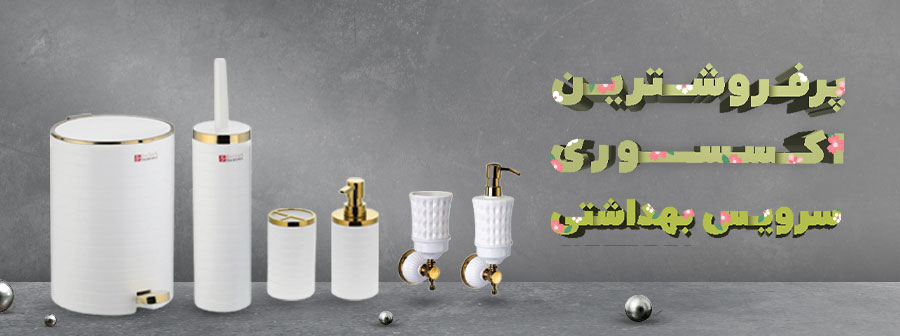
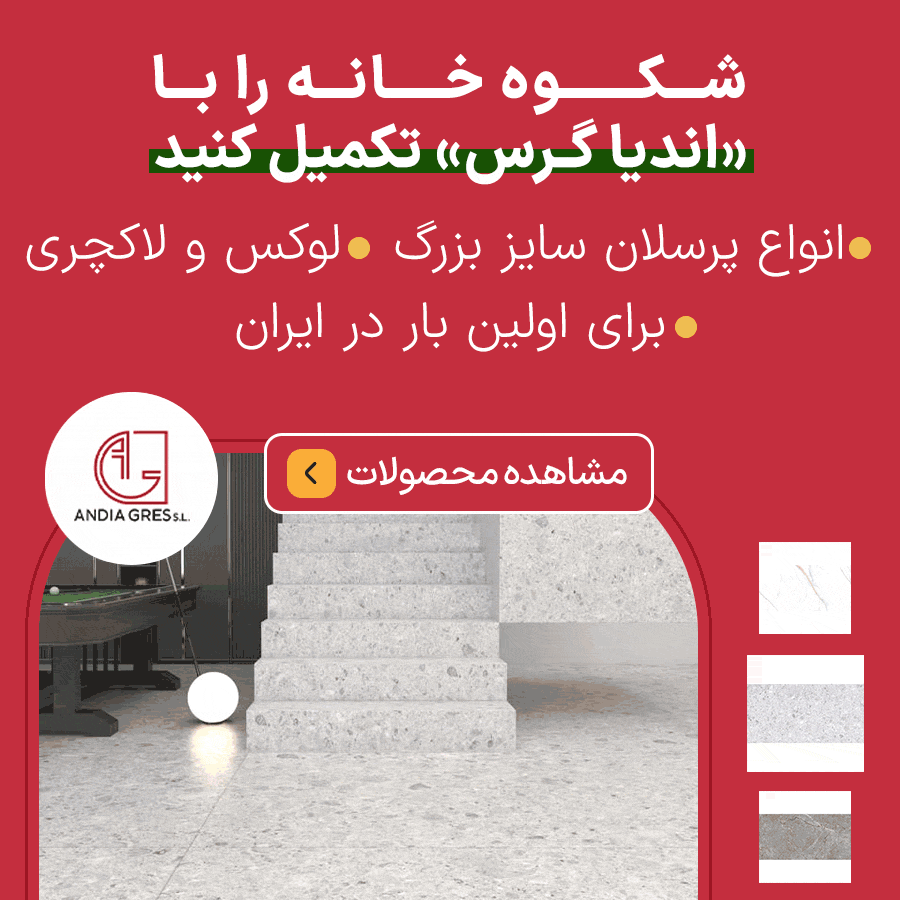

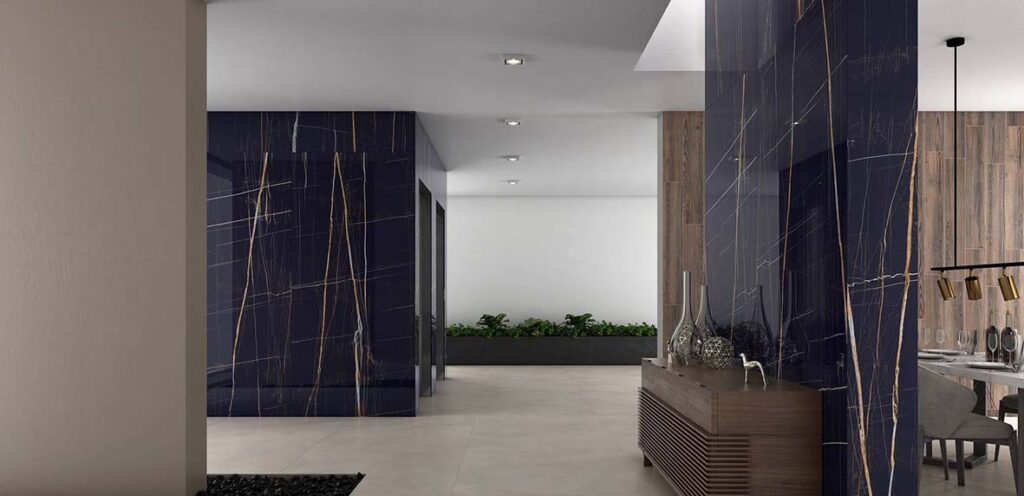

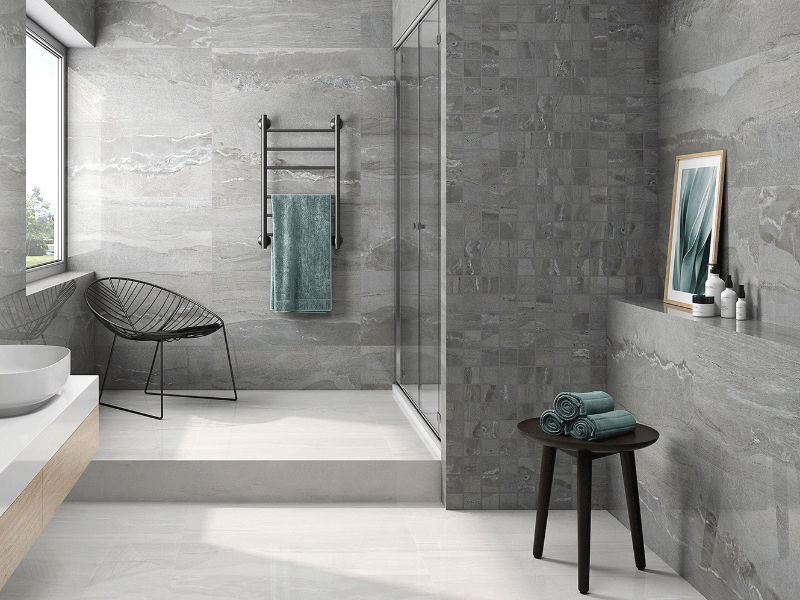
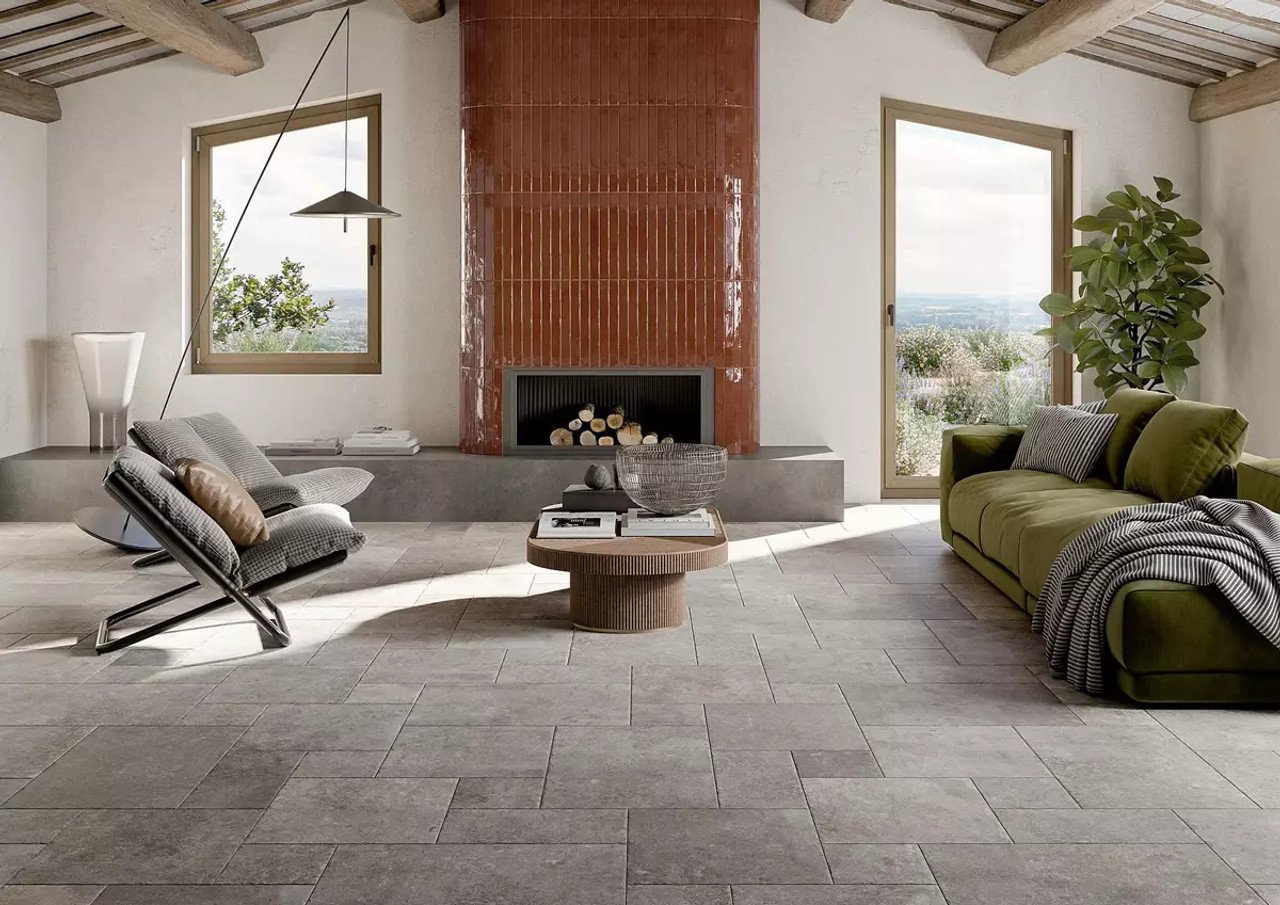


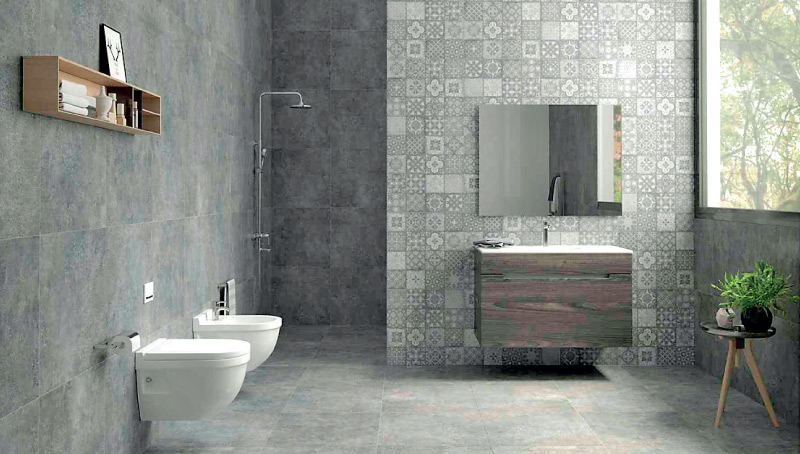


نظرات ۰